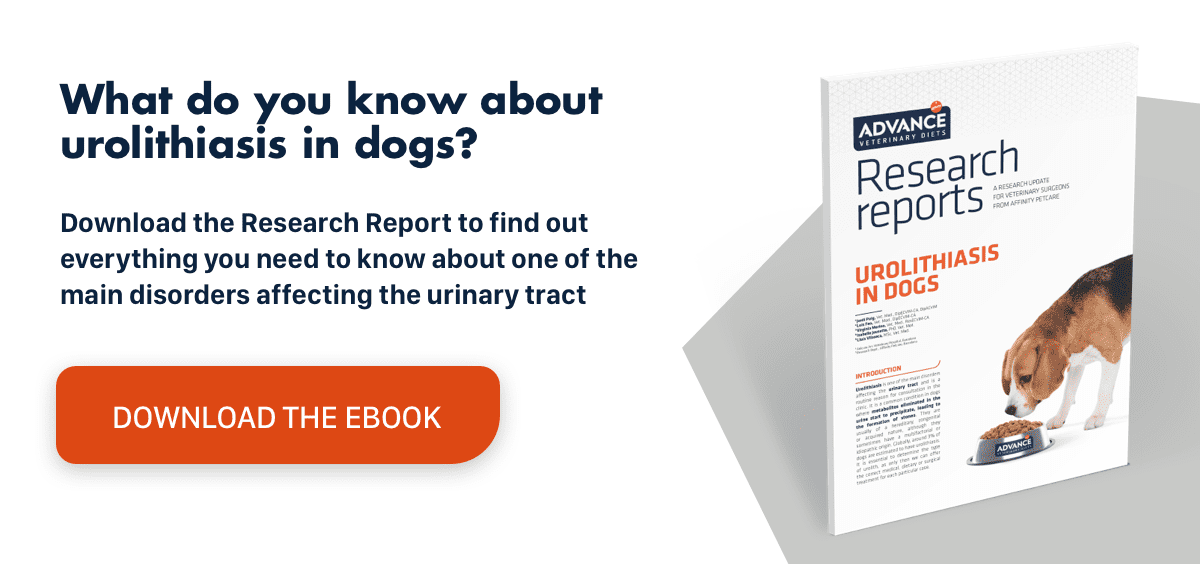Cystitis in dogs: X-ray or ultrasound diagnosis?
Infections are classified as simple or complex, the latter being associated with other diseases or anatomical defects. They should be considered complex in male dogs, as prostate involvement is very likely.
Cystitis refers to inflammation of the urinary bladder. It can be acute or chronic and may occur in dogs of any age. Although the primary cause is an ascending infection from the faecal flora, it may also come from the environment (e.g., in hospitalised animals) or the reproductive or lower urinary tract. Predisposing factors include those of a structural (atonic bladder, urinary stones, neoplasms, etc.) or metabolic nature (diabetes mellitus, chemotherapy, immunosuppressants, etc.), while Escherichia coli is the most common uropathogenic agent.
The primary sign of cystitis in dogs is an increase in voiding frequency with less urine (polyuria), sometimes accompanied by blood (haematuria). Urinating in unusual locations and incontinence are also common.

Diagnosis of cystitis
Different tools are available for diagnostic purposes. A urinalysis and urine culture should be performed, ideally obtaining the sample by cystocentesis. If this is not possible, use urinary catheterisation. A urine strip test is a quick, inexpensive option, with the observation of occult blood and proteins indicative of a urinary infection. In the urinary sediment, bacteriuria, pyuria and haematuria are suggestive of an infection, with bacteriuria probably the most specific finding.
Performing a Gram stain on cystocentesis samples may also help confirm the presence of infection. A urine culture permits a confident diagnosis of the infectious origin of cystitis so it can be treated with the right antibiotic. A urine culture is a must if the urinary sediment suggests infection (pyuria, bacteriuria) or the patient has another condition that predisposes urinary tract infection (Cushing’s, diabetes, urinary stones, etc.). Blood tests only reveal information about the underlying disease.
Diagnostic imaging
X-rays and ultrasounds may help rule out an underlying medical problem, such as urinary stones, tumours or congenital defects of the urinary system. X-rays provide information about any stones in the upper or lower tract, as long as they are radiopaque, or masses, uterine disorders, and so on. Contrast radiography is another modality for assessing the upper (excretory urography, increasingly becoming obsolete) and lower tracts (contrast or double-contrast cystography and a retrograde urethrogram if urethral injury is suspected), although these techniques have fallen into disuse.
Ultrasound, however, is a much more useful diagnostic technique when looking at the urogenital tract, as it is a more sensitive means of detecting gas inside the bladder –emphysematous cystitis– at an earlier stag.
Ultrasound can be used to pick up changes in the size, shape and structure of organs, identify stones and guide sample collection (cystocentesis, cytologies, biopsies).
